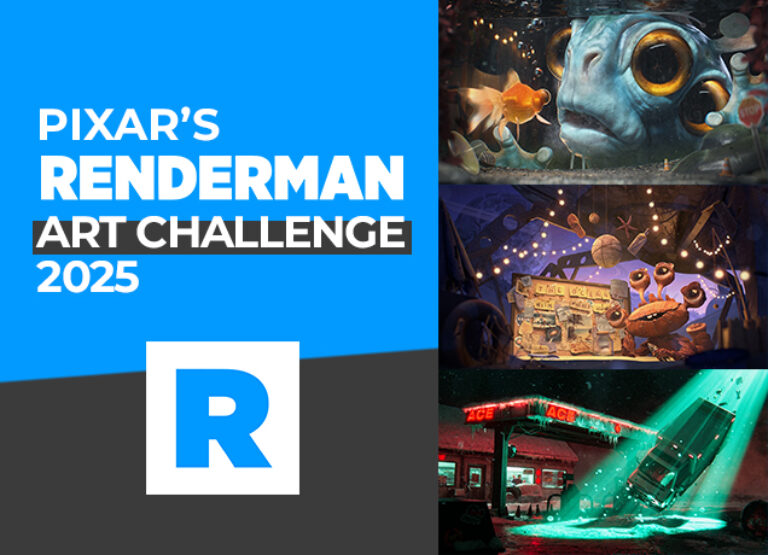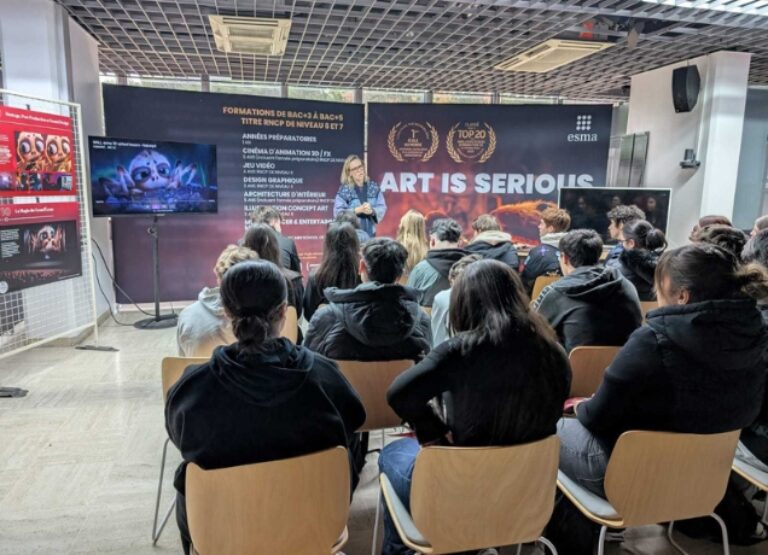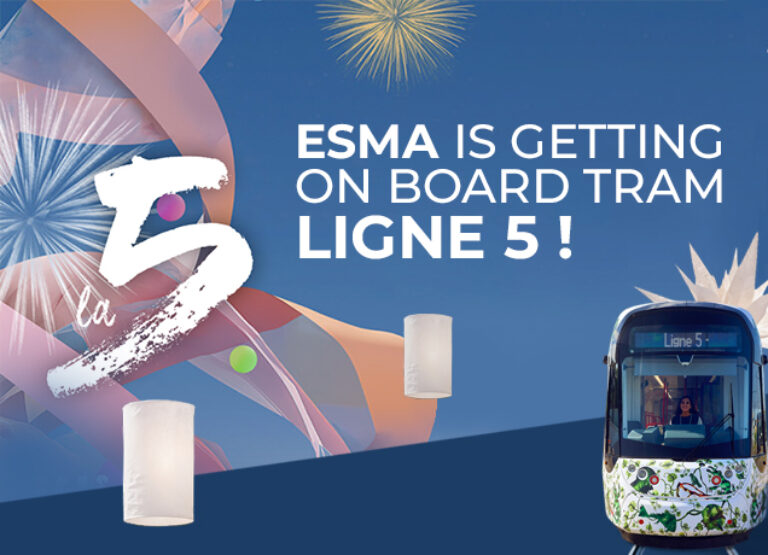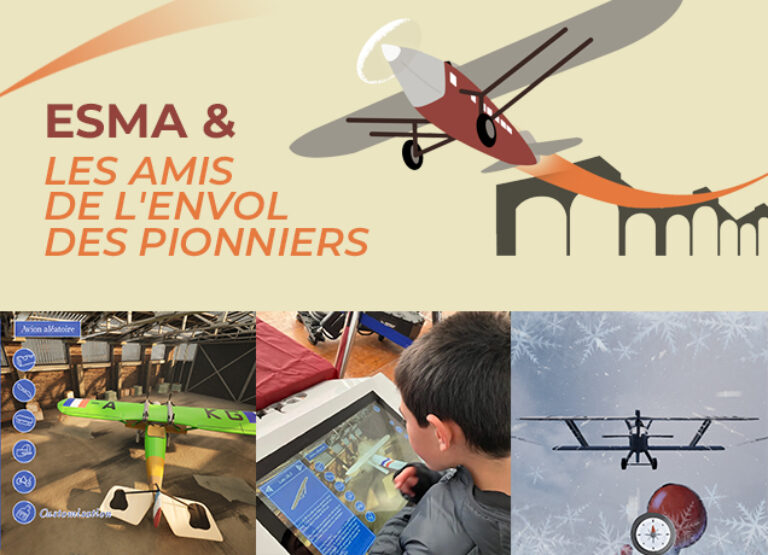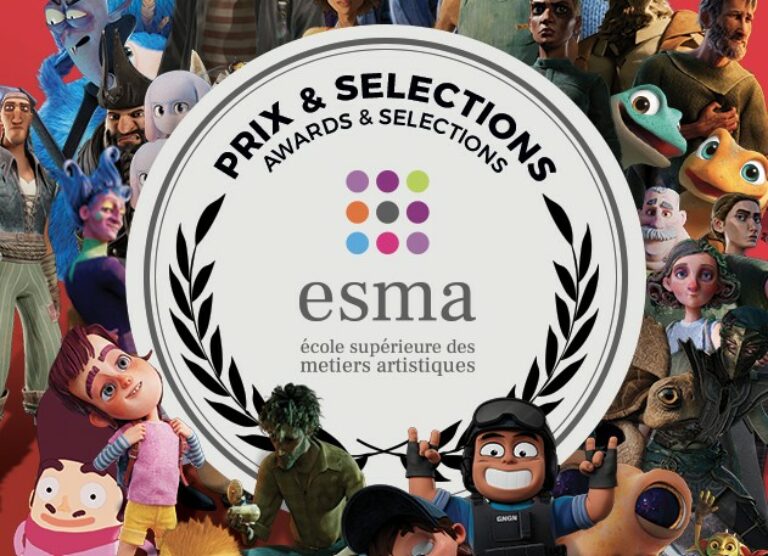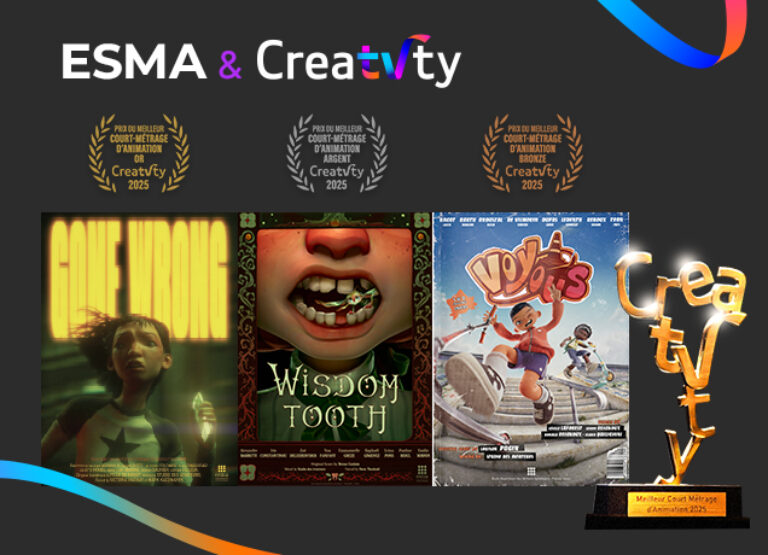
- Published 06.12.2025
- type Thematic news items
- Training Graphic Design
Summarize with:
A creative sector in continuous growth
Graphic design plays a central role in the communication strategies of companies, institutions and brands. Visual identity, advertising, publishing, digital, social networks, user experience: in a world saturated with images, mastering visual language has become a strategic lever.
In 2023, the graphic design services sector in France will account for more than €2.4 billion in sales, growing by 3.2% a year since 2018 (source: Insee/CNAF, Xerfi). There are around 38,000 graphic designers in business, nearly 60% of them freelance or micro-entrepreneurs. The sector remains characterised by flexibility, but also by a strong demand for hybrid skills: digital print, motion design, UX communication.
The development of interface design (UX/UI),motion design and the need for multi-platform content all add to the attractiveness of versatile profiles, trained in creative tools, project logic and cultural issues. This is the demanding and stimulating context in which ESMA’s Graphic Design course is set.
A teaching approach based on practical experience and project culture
ESMA’s graphic design course (RNCP level 6, Bac 3/4) is based on a balance between technical skills, artistic culture and practical experience. Students work on large-scale projects, in line with the codes and constraints of the professional sector: brand identity, advertising campaigns, digital strategy, motion design or UI/UX design.
Supervised by working professionals, they build their portfolio, take part in workshops, respond to real client briefs and learn to collaborate in creative environments similar to those they will find in an agency or studio.
The course is structured over three years, with the possibility of an apprenticeship or internship from the second year. From September 2025 , the third year can be taken as a sandwich course, further strengthening the bridge to employment.
Recognised certification and expertise tailored to the field
The course leads to the RNCP39117 – Plurimedia Graphic Designer title, level 6, recognised by the State and registered on the Répertoire National des Certifications Professionnelles.
The teaching objectives are clear:
- Qualify and evaluate a customer request,
- Design a coherent, high-impact graphic project,
- Master production and distribution tools,
- Promote your business, whether in an agency or on a freelance basis.
Two options are available: Digital Communication or Motion Design, to strengthen specialisation according to affinities and professional ambitions.
Personalised support to help you build your career
In addition to technical and creative skills, ESMA supports each student in building their professional project and developing their behavioural skills.
The Bloom programme, deployed throughout the course, offers :
- modules on stress management,autonomy and organisation;
- positioning workshops (soft skills, leadership, communication);
- practical tools to help prepare CVs, portfolios, interviews and searches for work placements or sandwich courses.
This individualised support enables each future graphic designer to get to know themselves better, adapt to the realities of the field and project themselves more clearly in a demanding sector.
The LAB: another tool for thinking outside the box
As an extension of this approach, students can benefit from the LAB, an inter-school research laboratory (ESMA, ETPA, Pivaut, CinéCréatis, IFFDEC).
This collaborative space brings together teachers, researchers and professionals to discuss major contemporary issues: sustainability, inclusion and technological innovation. Conferences, workshops, shared projects: the LAB acts as a platform for cross-disciplinary reflection, enriching students’ critical thinking and general culture.
It’s just one more tool in their journey, helping them to refine their vision of the world, question its uses and develop their creative outlook.
A wide range of opportunities and gradual integration
Graduates of ESMA’s Graphic Design course can work in a wide range of sectors:
- Communications agencies, creative studios, digital agencies
- Publishing, press, audiovisual production
- Marketing or corporate communications departments
- Local authorities, administrations, associations
- Asfreelancers
Positions available at the start of your career :
- Graphic designer
- Motion designer
- Web designer / UX/UI designer
- Assistant art director
- Graphic design project manager
Possible career paths :
- Art director
- Creative Director
- Head of Design
- Head of visual communication
Professional integration figures
| Year | Number of graduates | Overall integration after 6 months | Integration into target profession at 6 months | Entry into the target profession after 2 years |
| 2022 | 42 | 73 % | 70 % | – |
| 2021 | 60 | 75 % | 73 % | 93 % |
These figures reflect rapid and gradual integration, with a good placement rate in the targeted professions, even if access to employment may initially involve multi-skilled positions or freelance assignments. Building up a solid portfolio and demonstrating the ability to work independently remain decisive assets.
